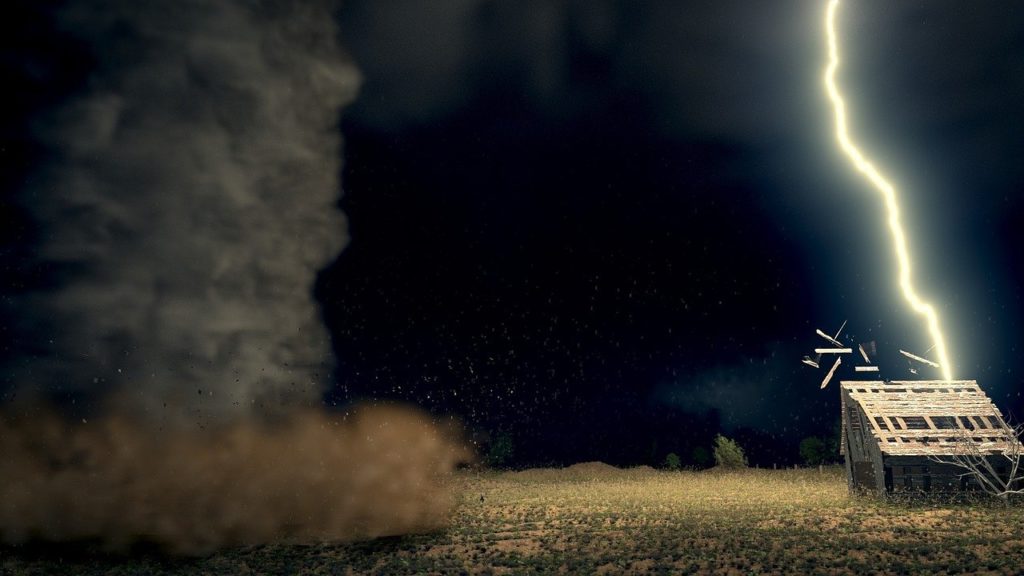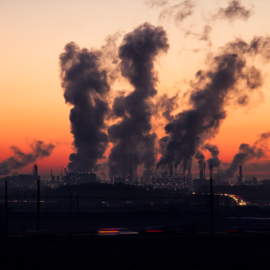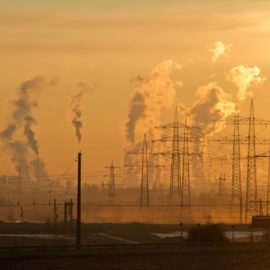
We seem to be hearing of more tornadoes in Louisiana. Are we having more or is this just our imagination? Is Global Warming changing the normal path of tornadoes? Or have we had them all along and are just seeing them closer to us?
With winds up to 140 mph, a tornado that carved a nine-mile path through St. Landry Parish on April 9 into the next morning killed one person, injured seven and damaged 15 homes. About 180 miles north in Shreveport, the same storm system killed a 48-year-old man when a powerful gust knocked a tree onto his mobile home. Some experts say the storms are part of an alarming trend: tornadoes are spinning up more often in Louisiana. A recent analysis by E&E News of the past 70 years of tornado activity in the southeastern United States shows tornado activity in the Deep South is more prevalent than once thought. Increased attention on tornadoes in the South has given rise to a belief and public perception that the traditional “tornado alley” in the Great Plains is shifting southeast. But several experts say that likely isn’t the case. “We need to be very cautious with the idea of tornado alley shifting,” said Sean Sublette, a meteorologist for Climate Central, an organization that researches climate change and its impacts. “Tornadoes are not leaving the Plains and migrating to the Southeast.”
Theadvocate.com
There has been more of an effort to track tornadoes in “Dixie Alley” which includes Louisiana. Also the tornadoes we do see are not like the bigger version in the Plains States. But rougher terrain and many trailers make damage costly when they do hit in our area.
Deaths caused by tornadoes have been slowly ticking up over the past four years in Louisiana. At least five people were killed by them last year, up from two in 2016, according to the National Oceanic and Atmospheric Administration. Storms that produce tornadoes in Dixie Alley have also been undercounted for years, said Brad Bryant, science and operations officer at the National Weather Service in Shreveport. It wasn’t until the late ‘90s and early 2000s that researchers began taking a closer look at how often they happen. “I think the general weather community got more of a sense that there are a whole lot more tornadoes happening in the Southeast than previously thought,” Bryant said. “There’s more understanding of these tornadoes.”
There is more effort to track tornadoes here but their smaller size means often there is a day or more delay in certifying that a tornado actually touched down.
That’s because tornadoes here tend to be short-lived, especially near the coast, and coverage from trees and rain can mask them. They’re also generally weaker than those in the Great Plains, but their sporadic nature and ability to spin up during storms can make them just as dangerous. One theory behind the increase in tornadoes in southern states is areas in the southwestern U.S. becoming hotter and drier. That in turn could be creating a wetter and more unstable atmosphere that’s capable of producing more tornadic activity. Experts have also observed differences in the numbers of violent storms that coincide with ocean temperatures. Because of the cyclical nature of weather patterns, more data over a longer period is needed to see if tornadoes are happening more frequently in Louisiana, Bryant said.
We have no choice but to read about their presence in the State unless we are unfortunate to have one touch down near us.



